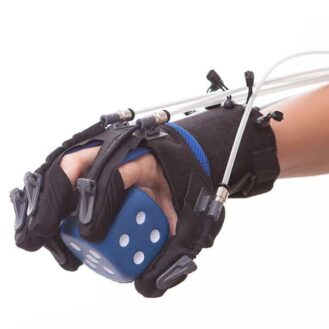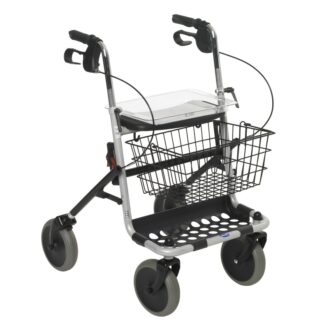Phototherapy lamps emit light rays with different wavelengths, depending on the pathology being treated. These are medical devices that have an LED, halogen, or fluorescent light source. They are therefore different from lasers for medical use.

Phototherapy lamps emit light rays with different wavelengths, depending on the pathology being treated. These are medical devices that have an LED, halogen, or fluorescent light source. They are therefore different from lasers for medical use.
Neonatal phototherapy lamps, phototherapy lamps for dermatology and aesthetic medicine, and lamps for orthopedic treatments stand out as the most common.

Tende Elektronik neonatal phototherapy lamp
When buying a phototherapy lamp, several factors must be taken into account. Here are the main ones.

Dr. Hönle Medizintechnik portable UV phototherapy lamp for dermatology
The light spectrum of phototherapy lamps ranges from infrared (IR) (around 800 nm) to ultraviolet-B (UV-B) (around 300 nm). The most common wavelengths are as follows:

Hydrosun Medizintechnik near-infrared phototherapy lamp for dermatology
The three main types of light sources used in neonatal phototherapy devices are halogen lamps, fluorescent lamps, and LEDs (including LEDs combined with fiber optics).

Atom Medical’s “Biliblanket” for neonatal phototherapy


